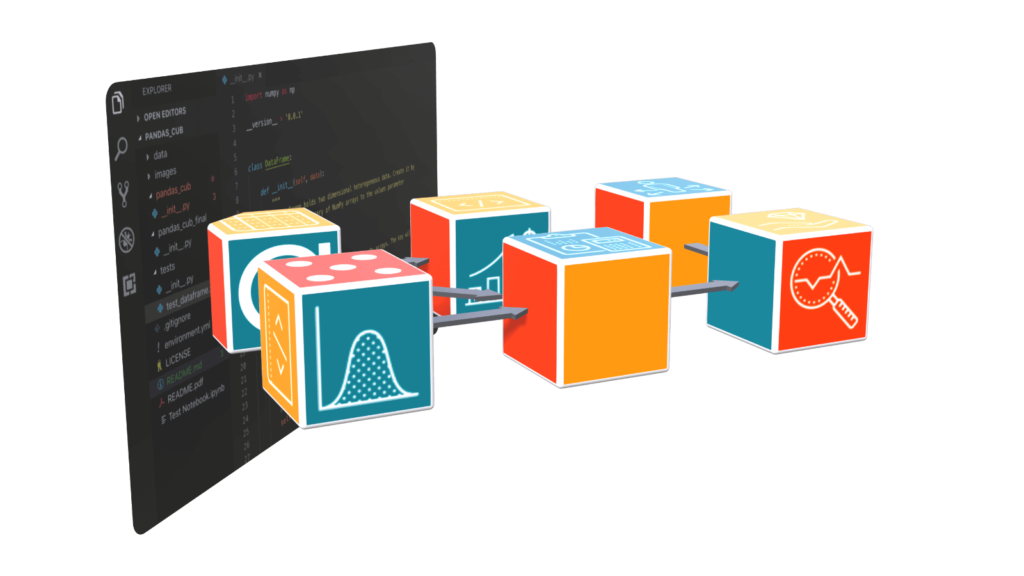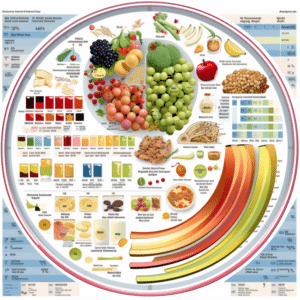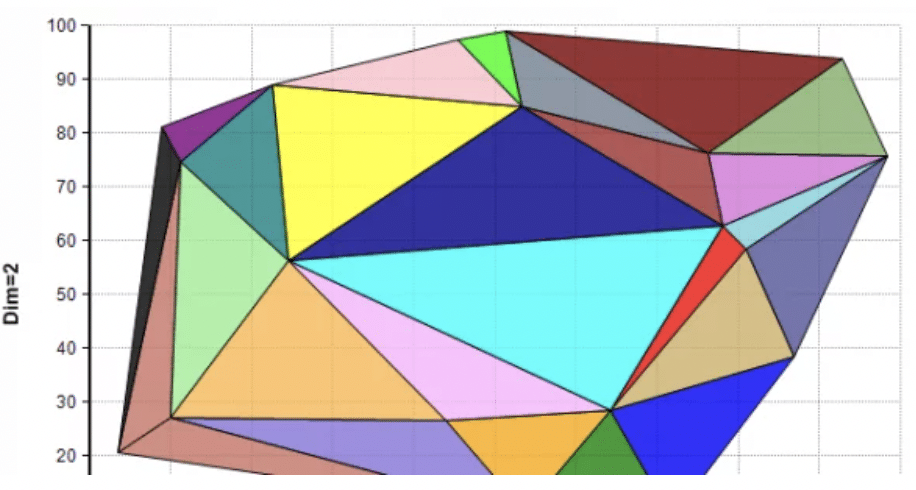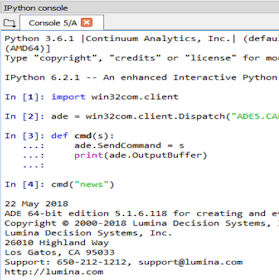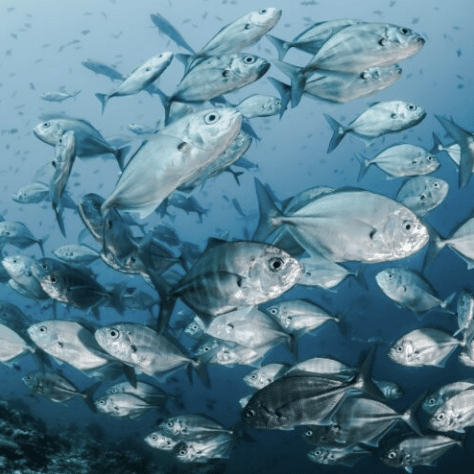Analytica > Scripting languages, Python & R

Scripting languages, Python & R
People building quantitative models typically find it much faster to build them in Analytica than in scripting and programming languages like Python, R, C++, Julia, and so on. But sometimes they want to use special functions, statistical methods, available in Python or R libraries. Or they may want to link an Analytica model to an existing program.
Here are some examples explaining how you can use special functions available in scripting language libraries or link to an Analytica model from an existing program.

